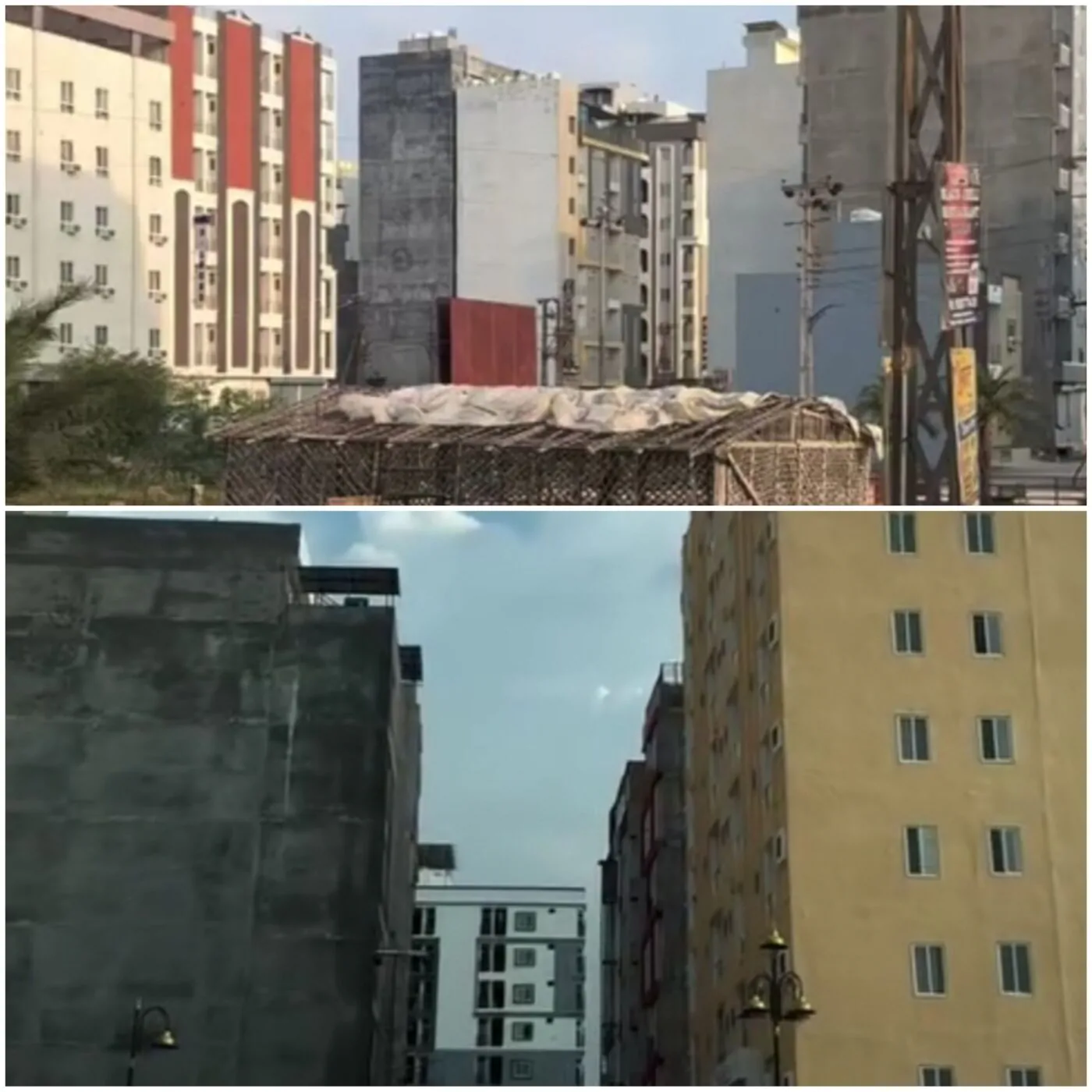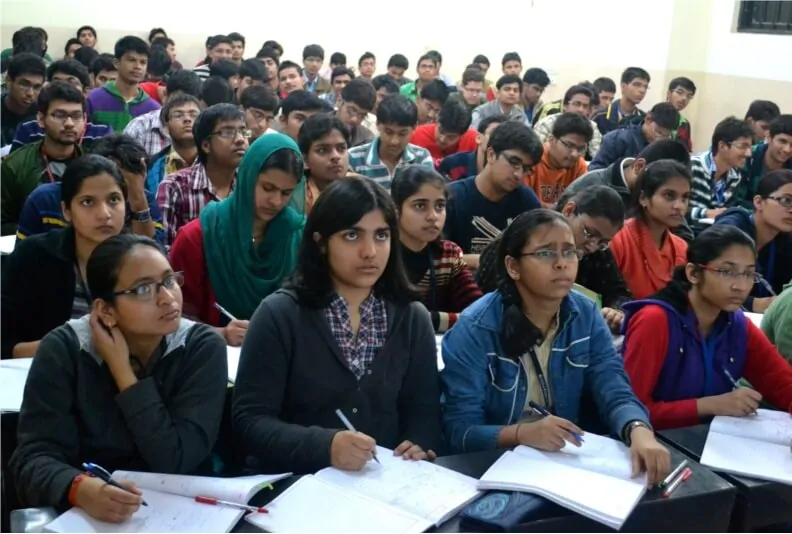Why Are Hostels in Kota Going Vacant In 2024?

As you navigate the educational landscape of 2024, you may notice a surprising trend in Kota, Rajasthan’s coaching hub. The once-bustling hostels that housed thousands of aspiring students are now eerily quiet. This unprecedented vacancy rate has caught the attention of educators, parents, and industry experts alike. What factors have led to this dramatic shift in Kota’s educational ecosystem? From evolving learning preferences to economic pressures, a complex web of influences has reshaped the city’s role in exam preparation. In this article, we’ll explore the reasons behind Kota’s vacant hostels and what this means for the future of coaching centers in India.
When one exploit people to the extreme, this is bound to happen, Kota, once the epicenter for India’s ambitious IIT and medical aspirants, the extreme pressure to excel has led to a noticeable increase in hostel vacancy rates. The relentless stress and high-stakes environment have pushed many students to their limits, prompting a re-evaluation of the once-thriving coaching industry. As both parents and students become more aware of the emotional toll, alternative paths are gaining favour, resulting in a decline in the number of students flocking to Kota. This shift is evident in the growing number of unoccupied hostel rooms, a stark contrast to the city’s previously bustling accommodation sector.
The Rise and Fall of Kota’s Coaching Industry
You’ve likely heard of Kota, the coaching hub that once attracted over 2 lakh students annually for medical and engineering entrance exam preparation. This Rajasthani city’s meteoric rise in the education sector led to a boom in the local economy, with around 4,000 hostels and 40,000 paying guest accommodations springing up to cater to the influx of aspiring students.
For over three decades, Kota’s coaching industry flourished, becoming the backbone of the city’s economy. The demand for quality education created a thriving ecosystem of coaching centers, hostels, and ancillary businesses. This period saw the launch of ambitious projects like Coral Park, a luxury hostel complex designed to house 22,000 students. The higher vacancy rate at Coral Park can be attributed primarily to its steep charges and its relatively distant location from the Allen Institute. While the institute’s reputation draws students from far and wide, the cost-effectiveness and convenience of other accommodations often lead them away from Coral Park. As a result, the once bustling hostel now grapples with empty rooms, echoing the changing dynamics of student preferences. However, recent years have witnessed a significant downturn in Kota’s fortunes. Student enrollments have plummeted by 40-50%, attributed to various factors:
- Delays in exam results
- Emergence of coaching centers in other cities
- Changes in admission policies
- Erosion of trust due to exam paper leaks
This decline has had far-reaching consequences. Many hostels now operate at 40% capacity, with small businesses struggling to survive. The coaching industry itself has been forced to cut salaries and lay off staff, with projected annual losses estimated at Rs. 6000 crore.
Adding to Kota’s woes is the emergence of new coaching hubs like Sikar. In the recent NEET exam, Sikar outperformed Kota, with 149 students scoring over 700 marks compared to Kota’s 74. This shift in performance has further challenged Kota’s dominance in the coaching industry.
Factors Contributing to Declining Student Enrollment

The once-thriving coaching hub of Kota, Rajasthan, is experiencing a significant downturn in student enrollment. Several key factors have contributed to this decline, reshaping the landscape of competitive exam preparation.
The higher vacancy rate in Kota’s hostels can also be attributed to the rude behaviour of hostel staff. In 2023, several students alleged that certain hostel owners had forcibly evicted them from their rooms in pursuit of higher rents. This unethical practice not only tarnished the reputation of those hostels but also discouraged potential occupants. As word spread about such incidents, students began seeking alternative accommodations, leading to a decline in occupancy rates across various hostels.
The controversies surrounding teacher poaching and cutthroat competition among coaching industries have significantly contributed to the declining number of students choosing Kota for their exam preparation. As the battle for top faculty intensifies, students and parents alike are becoming wary of the negative impact on the overall learning environment.
Recent government regulations have had a profound impact on student admissions. The Education Ministry has banned the admission of students under 16 years of age and restricted coaching classes to school hours only. This change affects approximately 40% of the total student population in Kota, significantly reducing the influx of younger students who previously formed a substantial part of the coaching ecosystem.
Major coaching institutes have expanded their operations to other cities, providing local options for students. This strategic move has reduced the concentration of students in Kota. Institutes like Allen and Resonance have opened multiple centers in other states, allowing students to enroll in local institutes closer to home. Additionally, tie-ups between coaching institutes and schools have enabled faculty to teach students on school premises, further reducing the need for relocation to Kota.
The increasing number of student suicides in Kota has raised serious concerns among parents. Reports of these incidents have deterred many families from sending their children to the city for coaching. The pressure-filled environment and the psychological toll on students have become major factors in the declining enrollment rates.
The rise of online education platforms offering affordable study materials has reduced the necessity for students to relocate to Kota for coaching. These platforms provide flexible learning options, allowing students to prepare for competitive exams from the comfort of their homes.
The Impact of Online Learning and EdTech
The COVID-19 pandemic has significantly accelerated the adoption of online learning and educational technology (EdTech) globally. As schools and colleges shifted to virtual modes of instruction, the EdTech sector experienced rapid growth, particularly in India. Several new startups emerged while existing players expanded their offerings, leading to a surge in user base and revenue for major EdTech platforms.
Online learning platforms have revolutionized education by offering a wide array of courses, including test preparation, upskilling, reskilling, and vocational training. This proliferation of digital learning resources has enabled people to continue their education and acquire new skills during lockdowns. Additionally, many universities have adopted hybrid models of education, combining the benefits of both online and in-person learning.
Despite its advantages, online learning faces several challenges. The digital divide affects access for underprivileged students, while the lack of physical infrastructure and limitations of virtual modes can hinder effective learning. Engaging students virtually and ensuring their active participation remains a significant hurdle for educators.
Looking ahead, the increased digitization of education is expected to persist post-pandemic. Both students and institutions have recognized the benefits of blended learning models. However, improving the quality of education delivered through digital mediums will require the development of better pedagogical tools and content. As the EdTech industry continues to evolve, addressing these challenges will be crucial for its sustained growth and impact on education worldwide.
Hostel Owners Struggle with High Vacancy Rates
As a hostel owner in Kota, you’re likely facing unprecedented challenges in 2024. The once-thriving student housing market has taken a severe downturn, leaving you grappling with alarmingly high vacancy rates. According to recent reports, vacancies have reached over 80-90% levels, a stark contrast to the bustling hostels of previous years.
“In the neighborhood of Rajeev Nagar, behind City Mall, all the PGs are vacant. Previously, hostels in the area charged between 15,000 to 20,000 rupees, but now the rates have significantly dropped to 7,000 to 10,000 rupees.
The financial strain on your business is undeniable. With rental rates dropping by 30-50%, maintaining profitability has become an uphill battle. You’re likely finding it challenging to cover operational costs, let alone generate income. This situation poses an existential crisis for many hostel owners who rely entirely on a steady inflow of students for their livelihoods.
To combat high vacancy rates, you may need to reassess your offerings. Students today are looking for more than just basic accommodation. Consider upgrading your facilities to include amenities like high-speed WiFi, improved security systems, and better study spaces. Additionally, addressing concerns about food quality and hygiene in mess facilities could help attract and retain students.
Some hostel owners are advocating for tax rebates to help weather the storm of high vacancies and low rental incomes. Collaborating with other hostel owners or joining industry associations could strengthen your voice in seeking such support.
What Does The Future Hold For Kota?
As Kota continues to solidify its position as a premier education hub in India, the future looks both promising and challenging. The increasing influx of students seeking coaching for medical and engineering entrance exams is expected to fuel further growth in the city’s educational ecosystem. You can anticipate a surge in demand for quality education services, potentially attracting more specialized coaching institutes and educational technology companies to the region.
To support this growth, Kota’s infrastructure will need significant expansion. You’ll likely see increased investment in modern student housing complexes, equipped with amenities like high-speed internet, hygienic food facilities, and enhanced security measures. These developments aim to bridge the current demand-supply gap in quality accommodation for the burgeoning student population.
The future of Kota isn’t limited to education alone. As the student housing sector grows, we can expect new business models to emerge around university tie-ups, facilities management, and independent housing solutions. Notable Examples includes Motion’s Residential Program. This expansion will likely create diverse economic opportunities, attracting investors, developers, and entrepreneurs to the city.
With the rise of EdTech, we may see a gradual shift towards blended learning models in Kota. The integration of online platforms with traditional coaching methods could redefine the city’s educational approach, potentially expanding its reach beyond physical boundaries and solidifying its status as India’s coaching capital.
Conclusion
As you consider the future of Kota’s education ecosystem, it’s clear that significant changes are underway. The decline in hostel occupancy reflects broader shifts in student preferences, educational approaches, and career aspirations. While Kota’s coaching industry faces challenges, it also has opportunities to adapt and innovate. By embracing online learning, diversifying program offerings, and addressing student well-being, Kota can evolve to meet the needs of tomorrow’s learners. As parents and students, you now have more options than ever to pursue academic excellence. The transformation of Kota’s hostels serves as a reminder that education is not static, but a dynamic field that must continually progress to remain relevant and effective.


